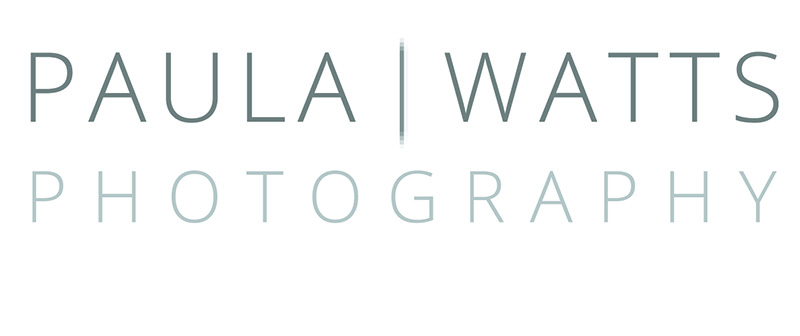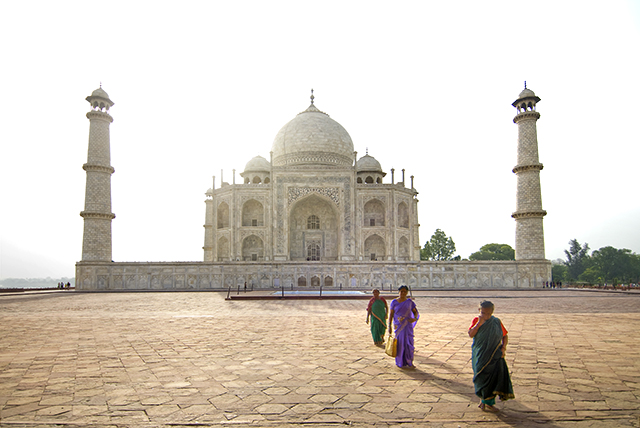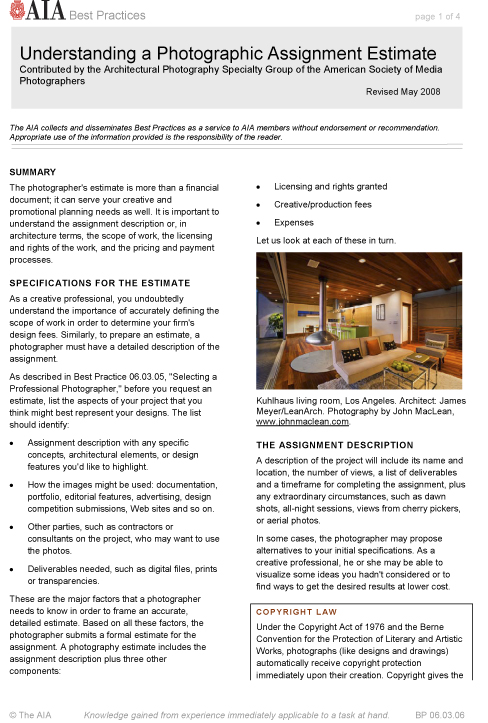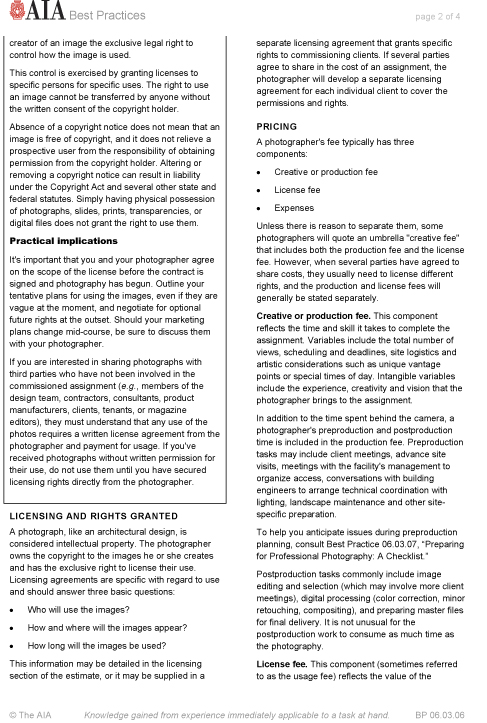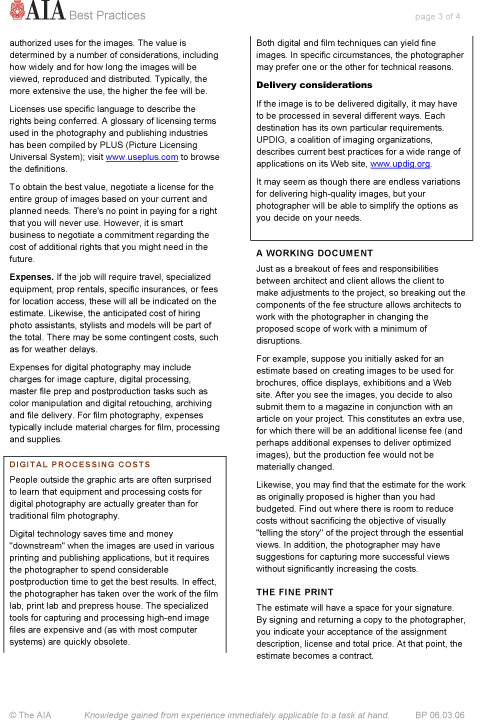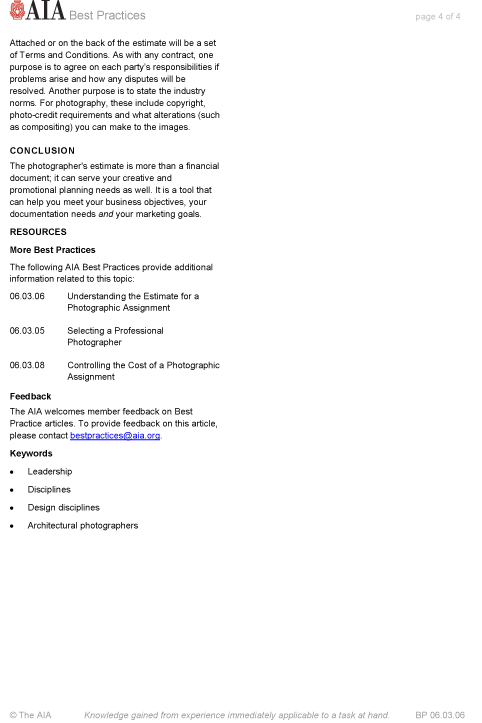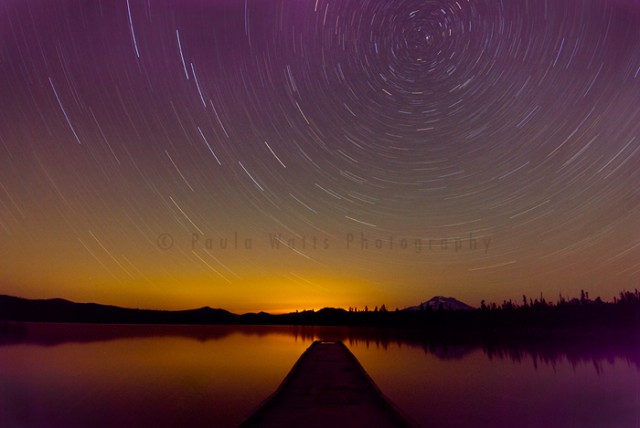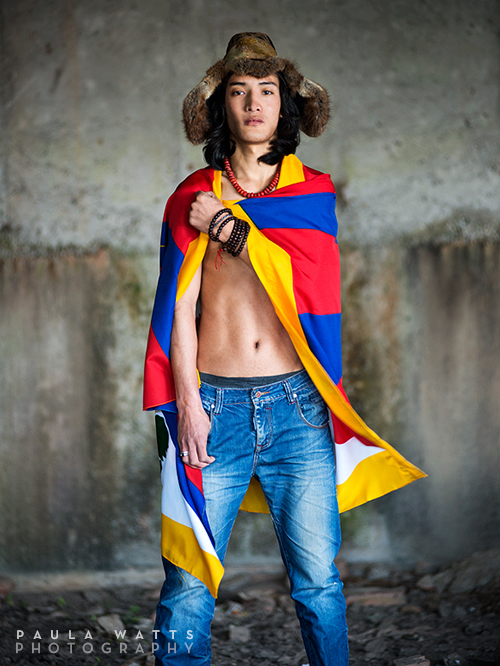
“Being clear about what we’re doing and why is the first step in doing it better. If you’re not happy about the honest answer to this question, make substantial changes until you are.” Seth Godin. Jan 15, 2013
Not a day goes by when I don’t have the extreme privilege of hearing stories of young Tibetans fleeing the Chinese government’s occupation of their land. The stories are shocking, filled with bravery, a fight for freedom and many times, end in tragedy. Just today, a friend of mine told me his story of crossing the Himalayan Mountains (as they all do in order to get to India). He told me of being captured by the Chinese government the first 3 times he tried to escape, put in prison and then returned him to his home. The fourth and final time, he travelled for multiple weeks over the mountains, with some dying along the way. Food runs out, the temperatures are freezing, there are unmarked paths with dangerous cliffs. One young man fell to his death during their journey.
I want to help. This has inspired me to start a documentary project of these young adults, coming from Tibet, as refugees, holding on to their culture, learning for the first time about their country’s history (as it is mostly banned in Tibet to learn of their own history), all the while trying to embrace their new surroundings in India, separated from their families and from the way of life they’re accustomed to. A beautiful mixture of tradition and modern appeals. Starting a new life…. with “Refugee Status”.
This is the first image of the series.
(Sengye, shown above, is a young Tibetan man from the Amdo region of Tibet. He wears a traditional fur hat and necklace, identifying him as Amdo. He was raised in a nomadic family (as most are in that region), breeding yaks, sheeps and goats. He fled Tibet on the same night of his father’s return from being imprisoned by the Chinese government for 14 years. They didn’t see each other.)
Please feel free to share your thoughts, input and comments.
